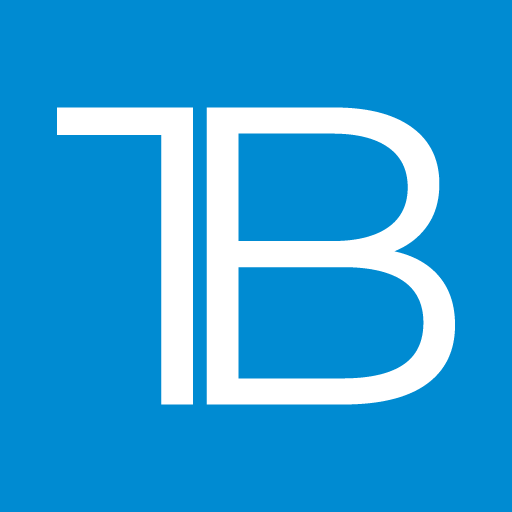Aave Horizon DeFi Lets Institutions Tap Tokenized Assets for On-Chain Liquidity
0
0

According to recent sources, Aave Horizon DeFi provides institutions with a secure way to borrow stablecoins using tokenized assets, such as U.S. Treasuries and money market funds. This marks a fresh approach to bringing traditional finance into the DeFi world.
Horizon Lets Institutions Tap Tokenized Assets
Aave Horizon DeFi enables banks and funds to utilize tokenized real-world assets (RWAs), such as Treasuries and collateralized loan obligations, as collateral for borrowing stablecoins like USDC, RLUSD, and GHO. It combines permissioned collateral with permissionless liquidity for seamless borrowing.
This setup lets institutions enjoy blockchain efficiency while keeping regulated financial instruments. By tokenizing assets, Horizon speeds up settlements, boosts transparency, and cuts costs. For large portfolios, it also unlocks liquidity from assets that would otherwise remain tied up.
Also read: Aave Launches ‘Horizon’ to Bridge DeFi with Real-World Assets

Real-Time Pricing and Security
The system utilizes Chainlink’s On-chain NAV feed, ensuring that borrowers and lenders view up-to-date valuations of their collateral.
The Aave founder stated that Horizon builds “products to bridge TradFi and DeFi, with GHO as the essential liquidity source.”
A Strong Revenue-Sharing Framework
Aave Horizon DeFi shares part of its revenue with the Aave DAO, with 50% allocated in the first year and decreasing to 30% in the second year. This ensures the community benefits as the system grows.
The model balances rewards for the DAO with Horizon’s growth needs. It builds trust by linking governance to real financial outcomes, and by skipping a separate Horizon token, Aave avoids dilution while keeping incentives aligned for users and holders.
Word Is Spreading Fast
“As tokenized Treasury bonds have grown 408% year-over-year to reach $4 billion, Horizon aims to put those assets to work,” reads one report. In the background, the tokenized asset market is expanding fast, offering a runway for institutional play.

Healthy Protocol Treasury Builds Trust
Aave’s treasury, excluding AAVE holdings, has reached an all-time high of $132.7 million, a 130% increase, indicating that the protocol is building long-term financial strength.
Table: Key Highlights of Aave Horizon DeFi
| Feature | Details |
|---|---|
| Borrowing Instruments | Uses tokenized Treasuries, CLOs, MMFs as collateral |
| Stablecoin Options | USDC, RLUSD, and GHO |
| Pricing Mechanism | Chainlink Onchain NAV for real-time valuations |
| Revenue Share to DAO | 50% in Year 1 → 30% in Year 2 |
| Treasury Strength | $132.7M (no AAVE) – 130% growth |
| Key Quote | “Bridge TradFi and DeFi,” with GHO as liquidity backbone |
Conclusion
Based on the latest research, Aave Horizon DeFi shows how institutions can safely enter DeFi using tokenized assets as collateral. It offers transparent pricing, strong governance, and built-in revenue sharing. For crypto readers, this project signals a step toward a more mature and trusted future for decentralized finance.
Also read: Aave’s $41.1B Milestone: Has DeFi Officially Challenged U.S. Banking?
Summary
Aave Horizon DeFi lets institutions borrow stablecoins using tokenized assets such as Treasuries and MMFs. With real-time pricing via Chainlink, a revenue-sharing model for the Aave DAO, and a robust treasury position, Horizon provides reliable, compliant, and efficient access to DeFi. It could reshape how big players engage with decentralized finance while securing the trust of both traditional and crypto-based institutions.
Glossary of Key Terms
Tokenized Real-World Assets (RWAs): Physical assets (like Treasuries) converted into digital tokens on a blockchain.
Chainlink Onchain NAV: A feed delivering live asset valuations on-chain.
DAO (Decentralized Autonomous Organization): A community-driven governance structure using smart contracts.
Stablecoins: Cryptocurrencies pegged to stable assets like the U.S. dollar.
FAQs for Aave Horizon DeFi
Q1: What is Aave Horizon DeFi?
A platform where institutions can borrow stablecoins against tokenized assets like Treasuries and MMFs.
Q2: Which stablecoins are supported?
USDC, RLUSD, and GHO.
Q3: How are valuations handled?
Chainlink’s Onchain NAV provides real-time prices for collateral.
Q4: What does Aave DAO earn?
They receive 50% of revenue in Year 1, then 30% in Year 2.
Read More: Aave Horizon DeFi Lets Institutions Tap Tokenized Assets for On-Chain Liquidity">Aave Horizon DeFi Lets Institutions Tap Tokenized Assets for On-Chain Liquidity
0
0
 Manage all your crypto, NFT and DeFi from one place
Manage all your crypto, NFT and DeFi from one placeSecurely connect the portfolio you’re using to start.





